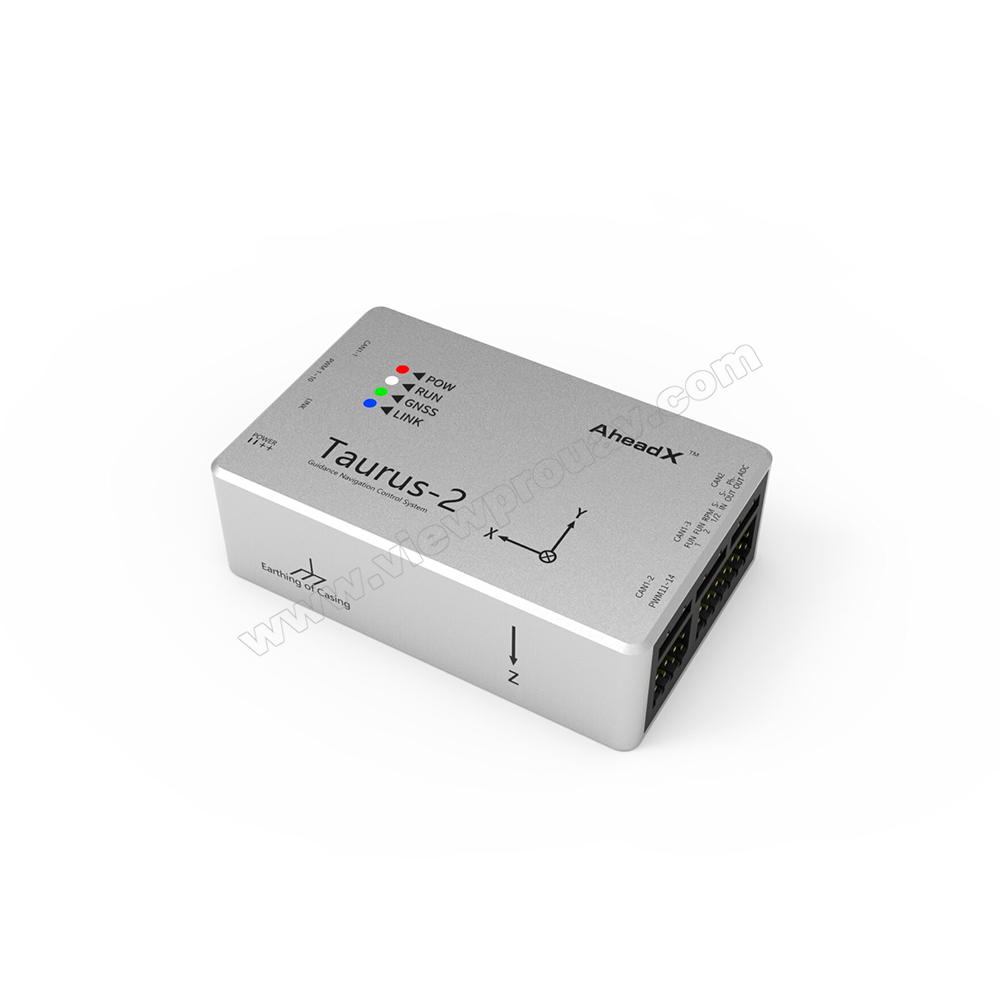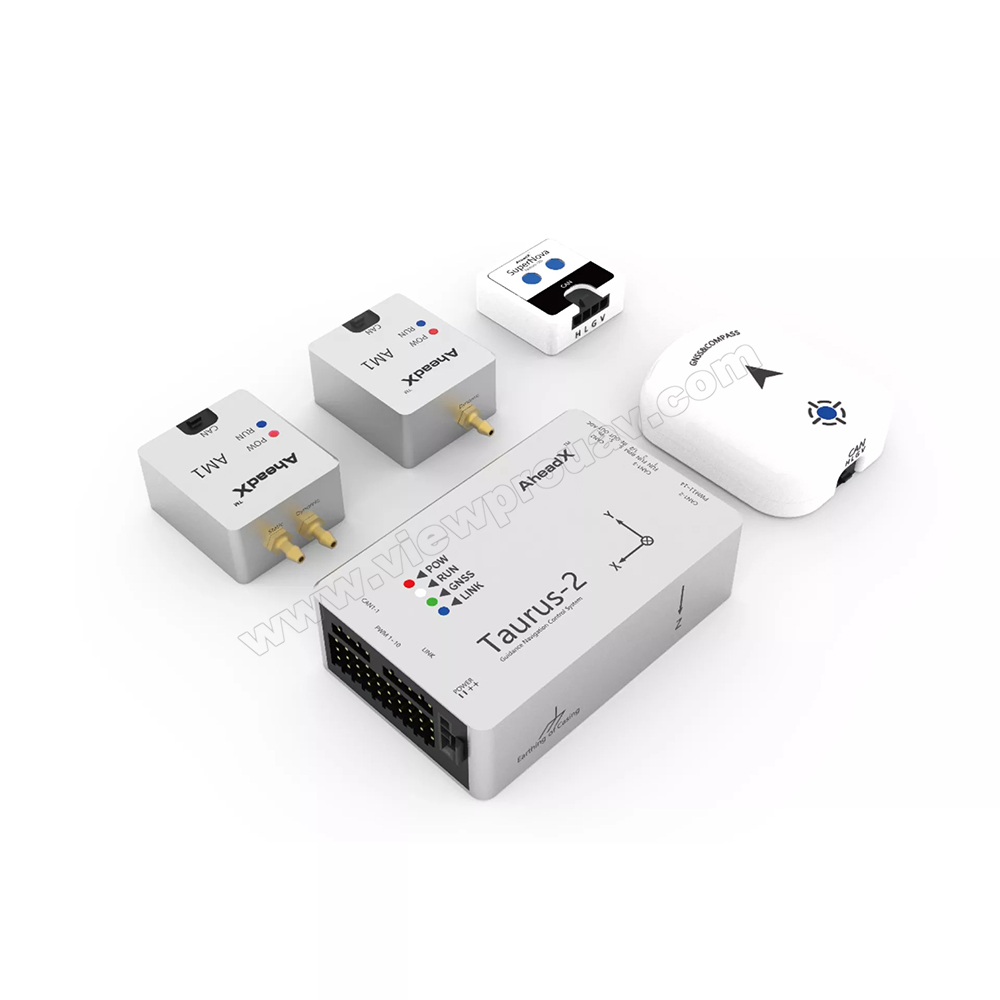SparkNavi Drone Flight Controller and GNSS/INS Made in Taiwan: Blazing A Trail in Drone Modern Technology
SparkNavi Drone Flight Controller and GNSS/INS Made in Taiwan: Blazing A Trail in Drone Modern Technology
Blog Article
Checking Out the Role of Drone Trip Controllers in Enhancing Flight Stability and Navigating Performance
The development of drone modern technology has actually significantly boosted the value of flight controllers, which function as the mind of these aerial cars. By integrating real-time data from a range of sensors, flight controllers enhance flight security and navigation effectiveness, making sure that drones can operate smoothly even in complex settings. This discussion will certainly check out the essential elements that add to these renovations, as well as the ramifications for the future of independent flight. What advancements lie ahead that could further change the capacities of drone trip controllers?

Comprehending Trip Controllers
Flight controllers are important parts in the performance of drones, functioning as the brains that manage and support trip operations. These sophisticated devices procedure information from various sensors, including accelerometers, gyroscopes, and GPS, to make sure that the drone preserves its designated trip course. The flight controller analyzes this data and performs commands based on pre-defined algorithms, allowing the drone to reply to ecological modifications, such as wind or barriers.
The key function of a trip controller is to preserve security during flight. It attains this by making real-time changes to the drone's motors and control surface areas, guaranteeing equilibrium and control. Furthermore, modern-day trip controllers incorporate sophisticated features such as waypoint navigation, permitting automated trip paths and boosted functional effectiveness.
Recognizing the style of flight controllers is critical for both specialists and enthusiasts. As innovation developments, flight controllers have become extra capable and compact, integrating artificial knowledge to adapt and boost decision-making procedures to intricate trip circumstances.
Trick Parts of Flight Security
Accomplishing optimum trip security in drones relies upon several essential parts that work in show to make sure controlled and smooth procedures. Central to this security is the flight controller itself, which processes information from different sensors to maintain the wanted flight attitude. This consists of accelerometers and gyroscopes that gauge movement and orientation, permitting real-time modifications to the drone's placement.
An additional essential element is the electronic rate controllers (ESCs), which manage the power provided to the electric motors. By carefully tuning electric motor rates in reaction to trip controller commands, ESCs assist maintain equilibrium and counteract disturbances triggered by wind or abrupt activities.
Furthermore, the design of the drone's structure plays an essential role in flight stability. A well-structured structure reduces resonances and improves the general aerodynamic account, contributing to smoother flight characteristics. The combination of advanced formulas within the flight controller help in anticipating adjustments, making certain a versatile and responsive trip experience.
Together, these elements form a cohesive system that enhances a drone's stability, permitting accurate handling and enhanced efficiency in various trip conditions.
Navigating Performance Techniques
Effectiveness in navigating is vital for enhancing drone procedures, particularly in complex atmospheres. Efficient navigation methods boost the capability of drones to pass through challenging surfaces and avoid challenges, consequently improving functional efficiency and safety and security.
One noticeable method is the application of innovative general practitioners and inertial dimension devices (IMUs) that provide accurate place tracking and orientation data. These innovations enable drones to determine optimal flight paths in real-time, thinking about various elements such as wind conditions and prospective challenges.
Another strategy involves the use of algorithms for path preparation and optimization. Algorithms such as A * and Dijkstra's algorithm can be deployed to determine the most efficient route while minimizing energy usage and trip time. In addition, integrating artificial intelligence models can enable drones to adaptively pick up from their settings, boosting navigation abilities with experience.

Effect On Autonomous Drones
The integration of advanced navigating strategies has exceptionally transformed the abilities of autonomous drones, allowing them to operate with greater freedom and accuracy. SparkNavi drone flight controller and GNSS/INS made in taiwan. These improvements are mostly credited to sophisticated flight controllers that make use of real-time information handling and sensor blend, permitting drones to browse intricate atmospheres perfectly
The effect on self-governing drones extends past plain navigation; it incorporates improved barrier evasion, enhanced stability throughout dynamic conditions, and boosted mission reliability. By leveraging formulas that include maker understanding here and artificial knowledge, drones can adjust to altering circumstances, making informed choices that optimize their trip courses while reducing threats.
Additionally, the implementation of durable flight controllers has actually promoted the execution of intricate jobs, such as airborne evaluations, distribution services, and farming surveillance, with minimal human intervention. This capacity not only streamlines operations but likewise reduces human mistake, thus enhancing general safety.
Consequently, the operational extent of self-governing drones has actually expanded considerably, making them vital tools in different markets. Their ability to execute efficiently in diverse circumstances emphasizes the crucial function that progressed trip controllers play in shaping the future of unmanned airborne systems.
Future Trends in Flight Control
Often, innovations in flight control innovation are positioned to redefine the landscape of drone procedures in the coming years. Emerging patterns show a substantial change in the direction of boosted artificial intelligence from this source (AI) combination, allowing trip controllers to refine real-time information more successfully. This development will certainly promote better decision-making capabilities, permitting drones to adjust to vibrant ecological conditions autonomously.
Additionally, the execution of machine knowing formulas is anticipated to enhance anticipating maintenance, consequently minimizing downtime and extending the lifecycle of drone parts. This proactive technique to maintenance will be crucial as drone applications expand across various sectors, from farming to logistics.

.png)
Lastly, developments in safe interaction procedures will address safety and regulatory concerns, making certain that drones can operate effortlessly in overloaded airspaces (SparkNavi drone flight controller and GNSS/INS made in taiwan). Jointly, these patterns point towards a future where trip control systems are not just smarter and a lot more efficient but additionally capable of operating safely in a significantly integrated airspace
Verdict
In verdict, drone trip controllers are essential to improving flight security and navigating performance through the advanced handling of sensing unit information. By maintaining ideal trip mindsets and utilizing innovative formulas for path optimization and barrier evasion, these controllers significantly add to the freedom and functional safety of drones. As innovation remains to advance, additionally innovations in trip control systems are expected, assuring better efficiency and increased abilities in the webpage realm of unmanned airborne automobiles.
By incorporating real-time information from a selection of sensors, flight controllers enhance trip stability and navigation effectiveness, making sure that drones can run smoothly even in complex settings.Flight controllers are integral components in the performance of drones, serving as the brains that maintain and take care of trip operations. Additionally, contemporary trip controllers integrate sophisticated functions such as waypoint navigation, allowing for automated trip paths and enhanced functional performance.
Central to this stability is the flight controller itself, which refines data from different sensors to maintain the desired flight perspective.In verdict, drone trip controllers are essential to enhancing trip stability and navigating effectiveness with the sophisticated handling of sensor data.
Report this page